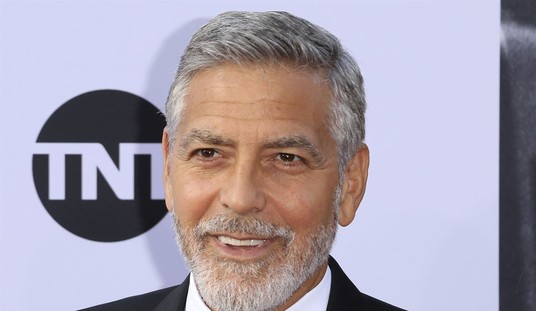I’ve written often about my opposition to the BCRA, known better as the McCain-Feingold campaign finance reform passed in 2002 that created artificial categories of cash and stripped accountability for messaging from the candidates and the parties in elections. Government should not regulate political speech by limiting contributions, but should instead require instant transparency on contributions and spending that will inform the public who supports whom and where the money goes. Only in that way will campaigns get held accountable for messaging and the public understand what that money buys.
John Lott looks at the dark side of transparency, though, in the wake of California’s Proposition 8, and argues that transparency may not work to encourage participation in the electoral process, either:
We have secret balloting for obvious reasons. Politics frequently generates hot tempers. People can put up yard signs or wear political buttons if they want. But not everyone feels comfortable making his or her positions public — many worry that their choice might offend or anger someone else. They fear losing their jobs or facing boycotts of their businesses.
And yet the mandatory public disclosure of financial donations to political campaigns in almost every state and at the federal level renders people’s fears and vulnerability all too real. Proposition 8 — California’s recently passed constitutional amendment to outlaw gay marriage by ensuring that marriage in that state remains between a man and a woman — is a dramatic case in point. Its passage has generated retaliation against those who supported it, once their financial support was made public and put online.
For example, when it was discovered that Scott Eckern, director of the nonprofit California Musical Theater in Sacramento, had given $1,000 to Yes on 8, the theater was deluged with criticism from prominent artists. Mr. Eckern was forced to resign. … A Palo Alto dentist lost patients as a result of his $1,000 donation. A restaurant manager in Los Angeles gave a $100 personal donation, triggering a demonstration and boycott against her restaurant. The pressure was so intense that Marjorie Christoffersen, who had managed the place for 26 years, resigned.
In fairness, Lott notes that pressure from disclosure worked in both directions, if not quite equally:
Indeed, supporters of Prop. 8 engaged in pressure tactics. At least one businessman who donated to “No on 8,” Jim Abbott of Abbott & Associates, a real estate firm in San Diego, received a letter from the Prop. 8 Executive Committee threatening to publish his company’s name if he didn’t also donate to the “Yes on 8” campaign.
Lott notes that civil-rights groups benefitted from donation anonymity in the past. The NAACP had to fight Southern states all the way to the Supreme Court to keep their donor lists from going public, and the NAACP eventually won. More to the point, Lott points out the dangers that may arise unrelated to the campaign donation itself. When an animal researcher donated $500 to John Edwards, her address got posted to an extremist site with several others under the heading, “Now you know where to find them.” Would full and instant disclosure result in exposing people who ran away from abusive spouses, for instance, and intimidate them into opting out of the political process?
One way around that would be to raise the threshold for disclosure. After all, Lott argues, no one can seriously think that a $500 donation would “buy” a candidate, or even $1000. Instead of limiting donations to $2300 (federal office, as an example), why not just raise the disclosure limit to that but allow people to donate as much as they want? The $500 donors would remain anonymous, but the heavy hitters would be disclosed, fully and instantly.
In fact, that threshold exists now at $200, and it created some controversy during the election. John McCain disclosed all his donors in the final month (without their addresses), while Barack Obama only disclosed those donating above the $200 threshold. Subsequent reviews of his smaller donors showed millions of dollars from obviously faked donors, creating questions about where the money actually originated. Unless the disclosure system closed the kind of loopholes we saw during this election, Lott’s suggestion of thresholds won’t work to make the system transparent.
The McCain campaign had the right idea. They disclosed everyone while withholding their street addresses. Unfortunately, that’s the only way to ensure transparency in the process while protecting the security of the donors themselves. Being active in public life means taking some risk of displeasure from friends, family, and associates, and providing cover for that would create ways to exploit that cover for corruption.








Join the conversation as a VIP Member